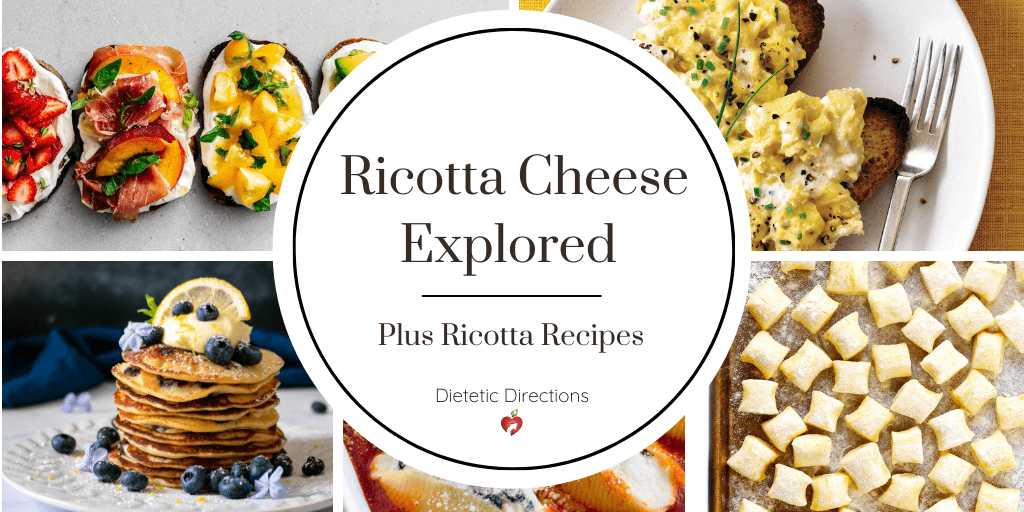
Ricotta Cheese Explored
{Plus Ricotta Recipes}
Move over Avocado Toast – Ricotta Toast has taken your spot. Gotta love the versatility of Ricotta Cheese for sweet dishes (think cakes, pastry filling) or savoury – topped on pizzas, in lasagna or pasta dishes, stuffed chicken, etc. Today, we’ll explore Ricotta. What is Ricotta cheese? How is it made? How is it different than Mascarpone or Cottage Cheese? What’s the nutrition like? Finally, how can we use Ricotta in our meals?

What is Ricotta Cheese?
A type of fresh, Italian cheese (translates to ‘re-cooked’) traditionally made from leftover whey, which is the liquid remaining after milk has been curdled and strained. It is a by-product of the manufacture of cheese. Generally, it is low in milk fat and has small cheese curds that are left behind in the whey.
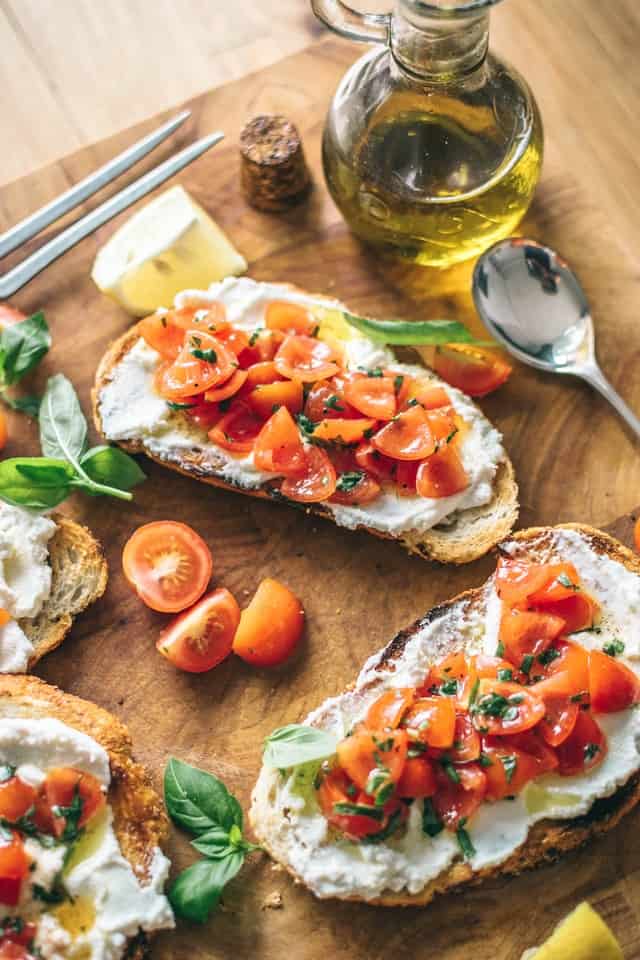
Is Ricotta Cheese a Fresh Cheese?
Yes, ricotta is a fresh cheese. This means that there’s still much moisture making more perishable. Whereas, older cheeses tend to have less moisture – think Aged Cheddar, Swiss, Gouda, Parmesan.
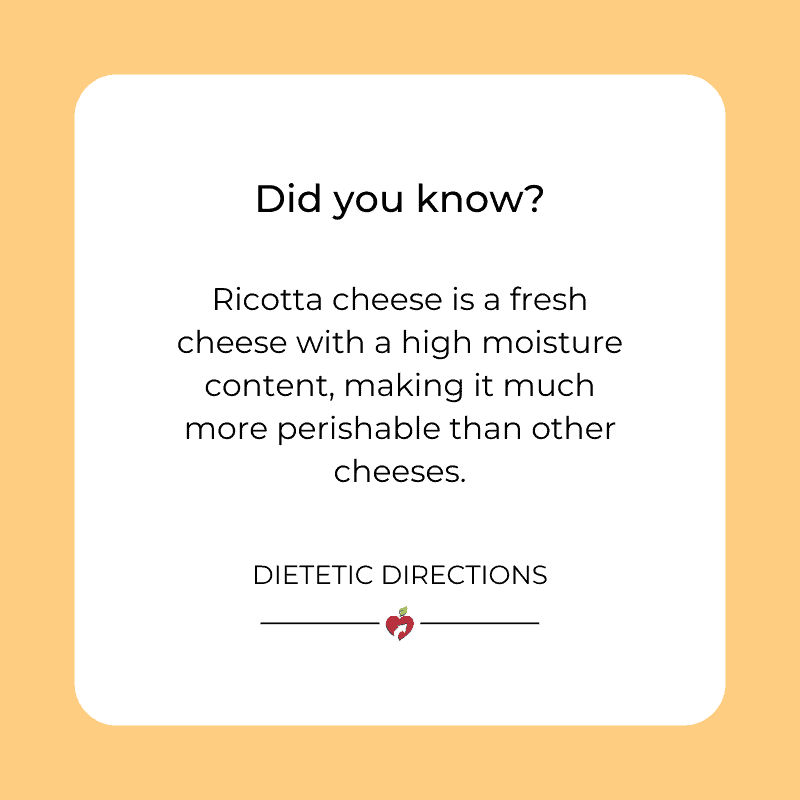
How is Ricotta Cheese Traditionally Made?
To make ricotta, the whey protein needs to become more acidic, this can occur through sitting at room temperature to allow for additional fermentation or by adding an acid – like vinegar or citrus. Then, the acidified whey is heated to near boiling (remember ricotta means ‘re-cooked’), which causes the protein to become denatured forming a fine curd.
This is why you’ll never find smooth ricotta. Once the liquid cools, it passes through a fine cheesecloth, leaving just the small, fluffy ricotta curds. Interestingly, modern techniques usually replace the whey with part skim or whole milk.
What Does Ricotta Cheese Taste Like?
Ricotta has a creamy, mild taste with a light almost-sweet flavour and low salt content. It’s texture is soft, light and fluffy. The fat content will vary depending on the milk used.
How is Ricotta Different than Mascarpone?
Mascarpone is a soft, smooth, spreadable cheese made entirely from cream. This gives it a high milkfat, turning it into a dense, thick, creamy cheese. Whereas Ricotta is grainy, looser and lower in fat and higher in water content. Mascarpone is smooth and high in milk fat. Mascarpone would be a better choice to be used as a cream base. Ricotta and Mascarpone are not interchangeable in recipes because they have different characteristics for cooking and baking.
How is Ricotta Different than Cottage Cheese?
When a cheese maker separates milk into curds and whey, the curds are used to make cottage cheese and the whey is used to make ricotta. Therefore, cottage cheese is ”lumpier,” whether the curds are small or large. They’re both considered ‘fresh’ cheeses and sometimes can be used interchangeably. However, cottage cheese has extra liquid, which can change the texture of recipes.

What’s the Nutrition of Ricotta vs. Cottage Cheese?
In ½ cup of partly skimmed Ricotta cheese, there are 170 calories and 14 grams of protein. There’s also a third of daily calcium requirement – great for bone health. Compared to Ricotta, Cottage Cheese has fewer calories (80 calories per ½ cup) with a similar protein amount. However, Ricotta has around 2.5 times more calcium than Cottage Cheese, this is because most of the calcium ends up the whey not the curds! Generally, Cottage Cheese might be slightly higher in salt than Ricotta.

Therefore, both Ricotta or Cottage Cheese are examples of complete proteins that can fit within a healthy diet. Choosing lower fat versions will decrease total calories and grams of fat. Choose reduced salt versions where available.
What are some Ricotta Cheese Recipes?
Lasagna Filling
Stuffed shells, Ravioli, or Cannelloni
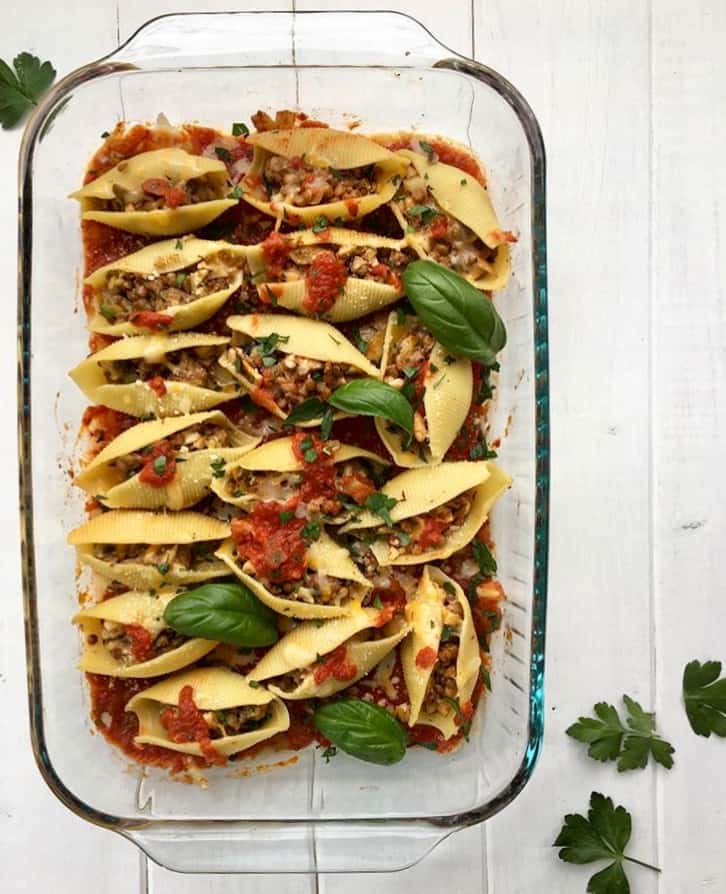
Dollops on top of pasta, soup, or pizza bring freshness (and definitely more richness)
Cream Cheese Substitute (black pepper & honey drizzle)
Dips with Herbs and Garlic
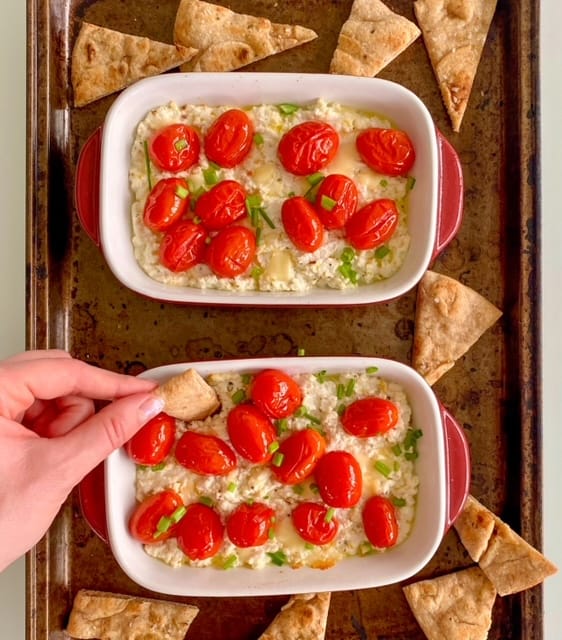
Mixed with fruits for Dessert or Snack
Ricotta Scrambled Eggs or as Omelette Filling
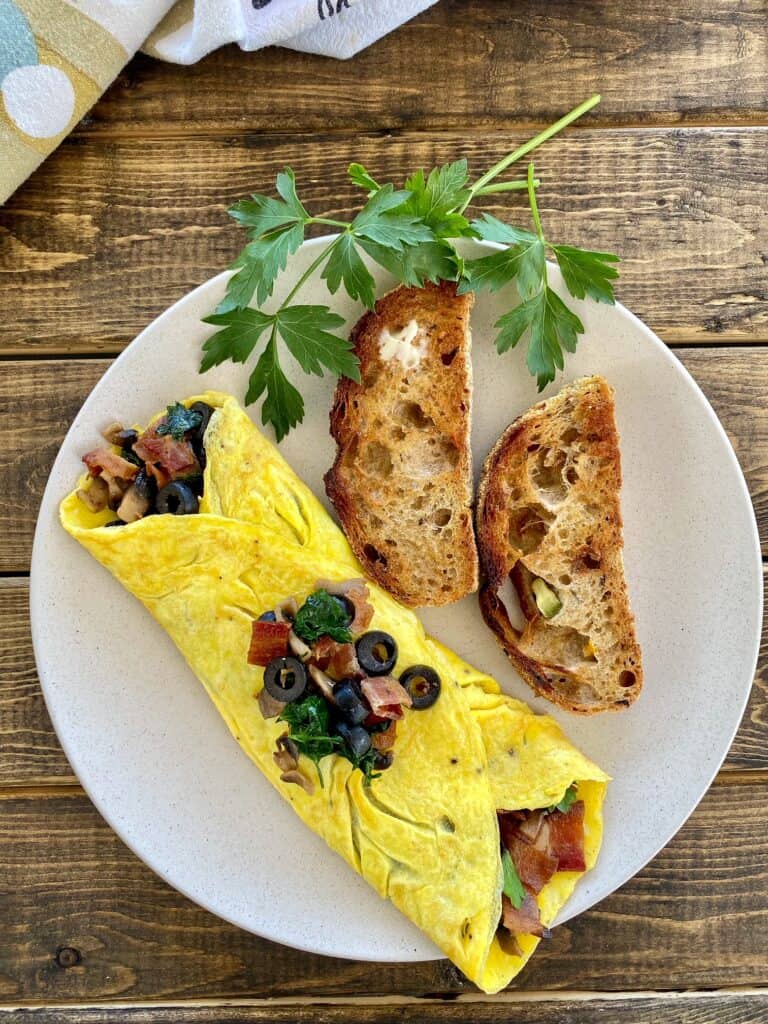
Added to Smoothies

Dollop on salads
Yogurt Substitute
Ricotta Toast
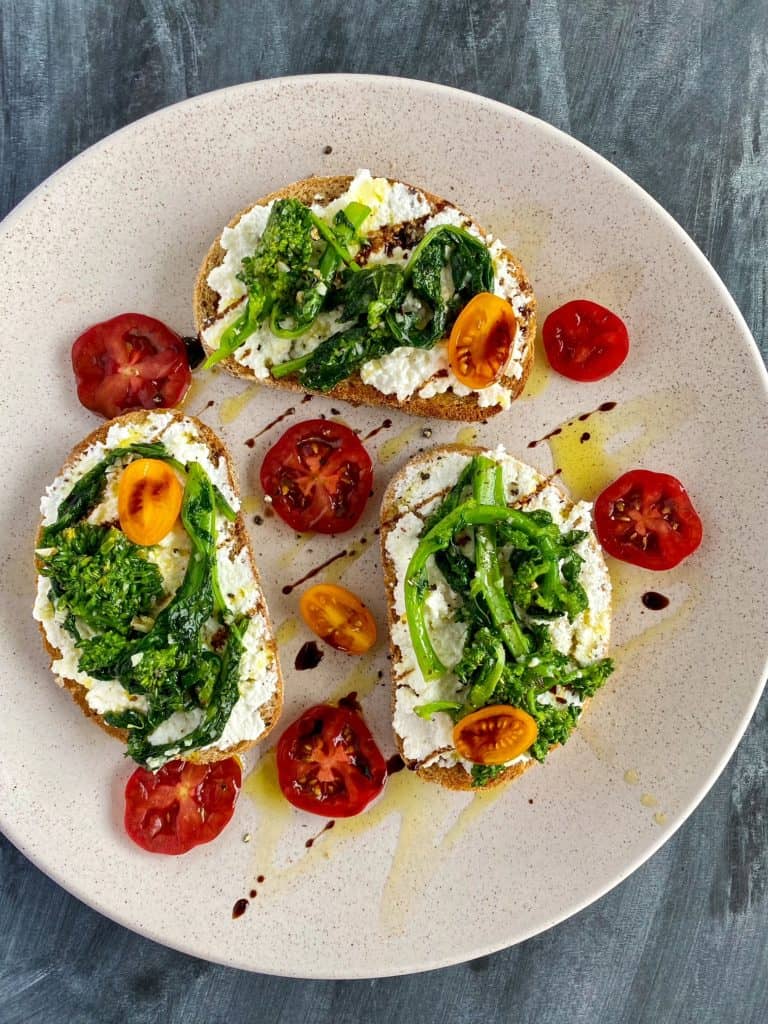
Lemon Ricotta Pancakes or Waffles
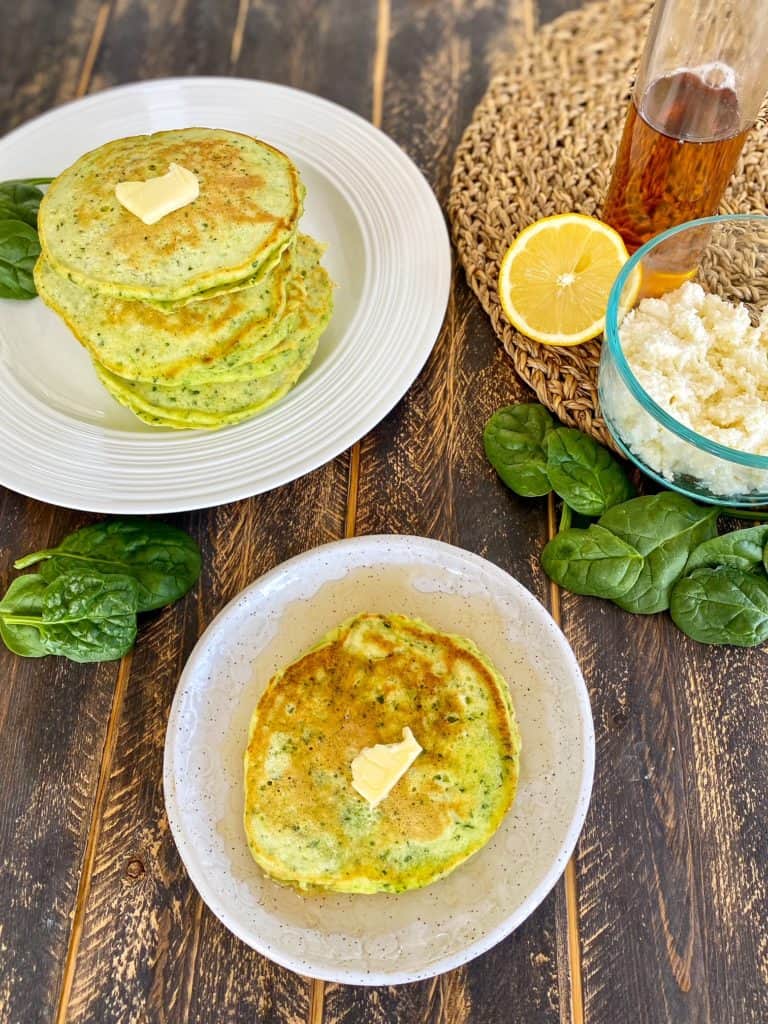
Ricotta Gnocchi
Bottom Line:
Ricotta is a solid protein choice that’s high in protein and calcium. It’s a fresh, Italian cheese that’s versatile to use in both sweet or savoury dishes. It is traditionally made with leftover whey, which makes it higher in calcium and having more moisture. Be sure to use Ricotta within a week or two of opening package since it’s highly perishable.

Have you tried Ricotta before? What are your favourite ways to include it in your diet?


